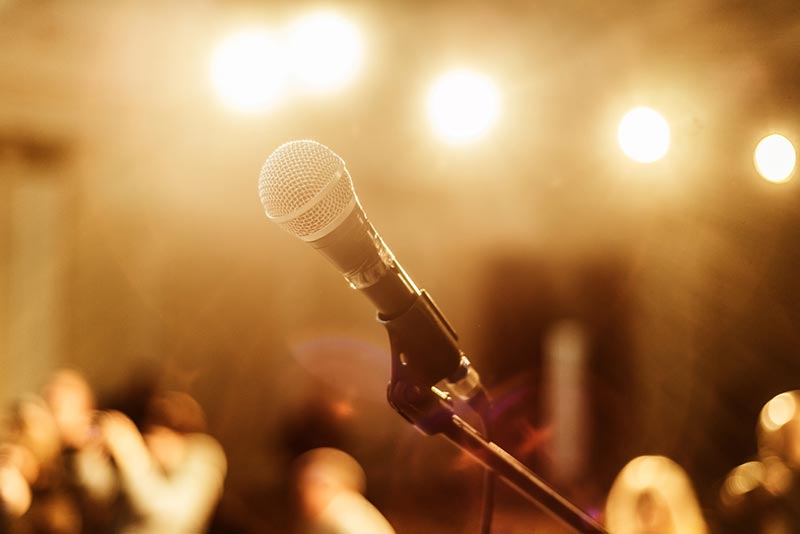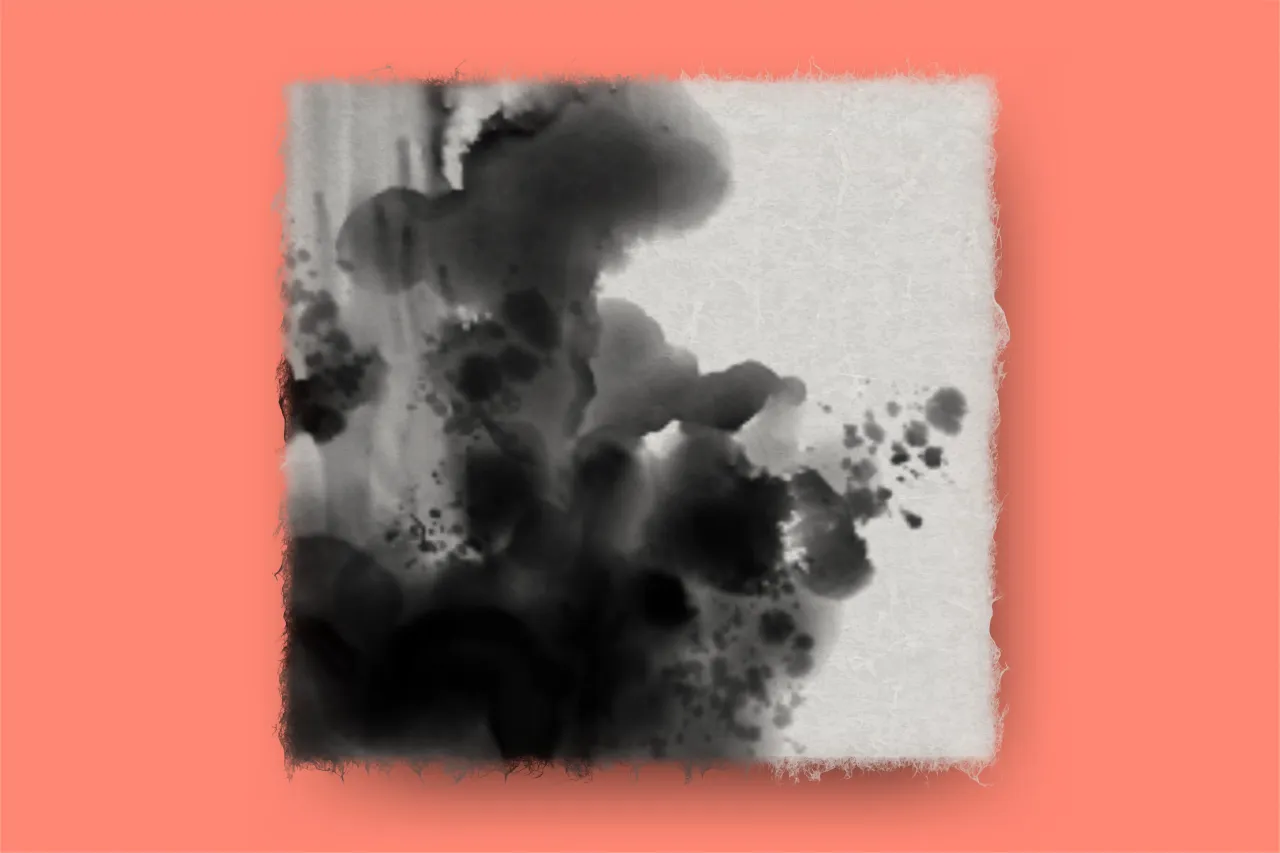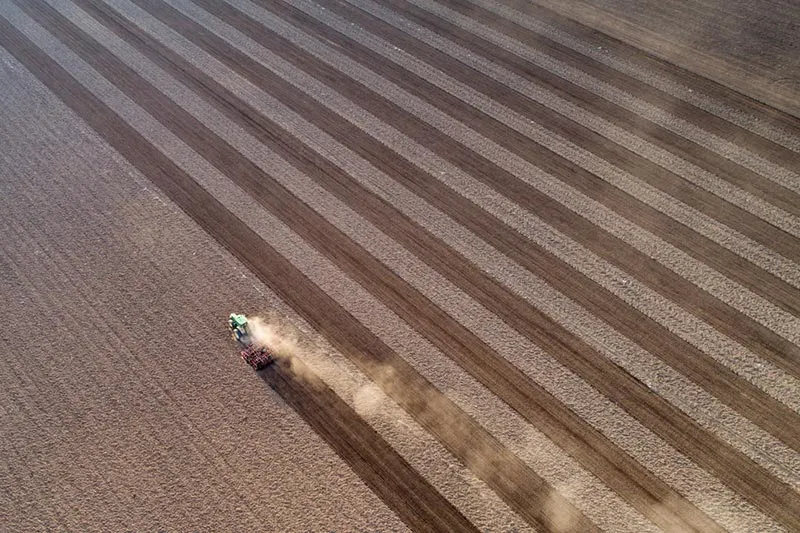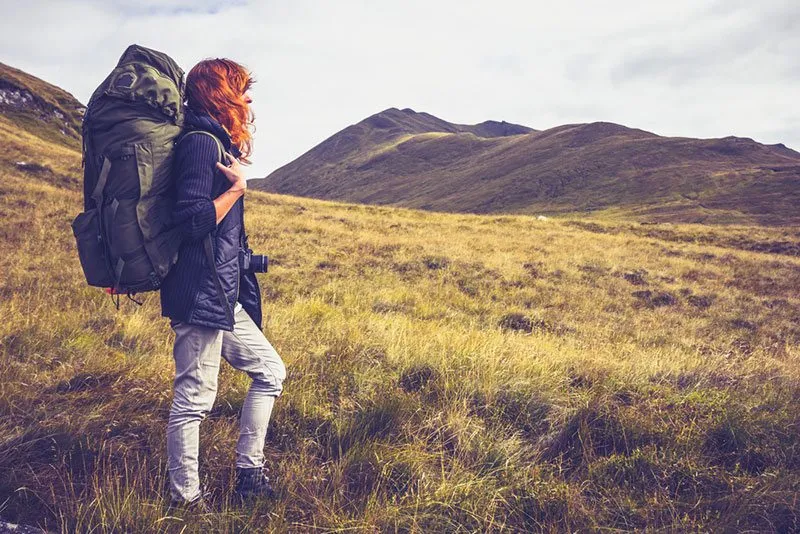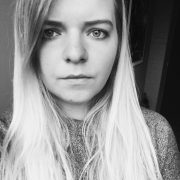10 TED Talks on Photography and Creativity
TED has been hosting series of conferences for a few decades now. It’s a wonderful occasion to share inspirational and groundbreaking ideas with the rest of the world. The topics of discussion are about technology, design, art, and photography isn’t an exception.
If you’d like to spend your time productively, here’s a list of some of the best TED talks on photography and creativity for inspiration. Photography is a powerful medium and here are some artists that are using it to most literally change the world.
1. The Passing of Time, Caught in a Single Photo by Stephen Wilkes
Stephen Wilkes has an incredible eye for detail. He takes thousands of images to form one seamless photograph. This sounds easy to do but it’s not when you’re capturing a whole day in one photograph. His works literally document the passing of time and are presented as one shot of a day frozen in time. Stephen combines images taken at different times of the day which allows him to capture the day and night side by side. It’s a fun perspective and a fresh look at beautiful locations in the span of 24 hours.
“As technology evolves along with photography, photographs will not only communicate a deeper meaning of time and memory, but they will compose a new narrative of untold stories, creating a timeless window into our world.”
2. Impossible photography by Erik Johansson
You’ve probably seen Erik Johansson’s work circulating around the Internet. Somehow, Eric achieved the impossible. He seamlessly blends his photographs so they trick your eye. We look at his work, and we can’t comprehend how it is possible. To reach this level of photorealism, Eric goes through a lengthy process which he tells us about in this talk.
“To achieve a realistic result, I think it comes down to planning. It always starts with a sketch, an idea.Then it’s about combining the different photographs. And here every piece is very well planned. And if you do a good job capturing the photos, the result can be quite beautiful and also quite realistic. So all the tools are out there, and the only thing that limits us is our imagination.”
3. The Silent Drama of Photography by Sebastião Salgado
Sebastião didn’t get a head start in photography. He ventured into the field by accident but made big waves. He tells his story of finding photography (with some awful and traumatising experiences) and also combining his efforts to regrow a forest in his home town. He has documented the change which remind me of how powerful photography can be in influencing us.
“We must rebuild these forests. That is the essence of our life, these forests. We need to breathe. The only factory capable to transform CO2 into oxygen, are the forests. The only machine capable to capture the carbon that we are producing, always, even if we reduce them, everything that we do, we produce CO2, are the trees. I put the question — three or four weeks ago, we saw in the newspapers millions of fish that die in Norway. A lack of oxygen in the water. I put to myself the question, if for a moment, we will not lack oxygen for all animal species, ours included — that would be very complicated for us.”
4. Photographs of Secret Sites by Taryn Simon
In a period of 5 years, Taryn went seeing hidden and unknown sites that are not accessible to anyone. She wanted to confront the boundaries of the citizen and reveal the inaccessible to the public. Her photographs include a nuclear waste storage, photographs of hymenoplasty, a jury simulation deliberation room, the U.S. Customs and Border Protection room, exhibition art of the CIA in Landley, the Forensic Anthropology Research Facility and many other facilities and subjects that are, for the most part, left to our imagination in a world of taboo.
“Photography threatens fantasy. They didn’t want to let my camera in because it confronts constructed realities, myths and beliefs, and provides what appears to be evidence of a truth. But there are multiple truths attached to every image, depending on the creator’s intention, the viewer and the context in which it is presented.”
5. My wish: Use art to turn the world inside out by JR
From a young age, JR used the city as his canvas when he was doing graffiti. One day he picked up a camera and started documenting his adventures and one day documenting people and faces from Le Bosquet. He then made them into posters and placed them around the city to contradict the media. He then traveled to the Middle East and created the biggest illegal art exhibition with the same idea. The big question in this talk is – could art change the world?
“Now my wish is: I wish for you to stand up for what you care about by participating in a global art project, and together we’ll turn the world inside out. And this starts right now.Yes, everyone in the room. Everyone watching. I wanted that wish to actually start now.”
6. My Wish: Manufactured Landscapes and Green Education by Edward Burtynsky
Edward became fascinated with the landscapes in his home country, Canada. After some projects, he moved on to a global scale of capturing landscapes. He doesn’t photograph just any landscape, he shines a light on industrial and urban landscapes, photographs sustainability in action, pollution and the destruction of our earth and resources. Thought provoking photography will always have a place with the arts. Every photograph will make you think. If you’d like to see the documentary after his talk, see our documentary films for photography enthusiasts.
“There’s something that we’re not seeing there.And it’s a scary thing as well. Because when we start looking at the collective appetite for our lifestyles,and what we’re doing to that landscape — that, to me, is something that is a very sobering moment for me to contemplate.”
7. My Creations, a New Form of Life by Theo Jansen
Theo says that evolution has generated many species but he’s about to introduce a new one – Animaris currens Ventosa. This TED talk is not about photography at all but it is undoubtedly one of the most fascinating creative solutions out there. Theo has built a mechanical animal that is capable of movement and even minor brain activity to coordinate actions. To see these creatures move, to watch the mechanisms at work is simply fascinating. To think that a man has built these is even more inspiring and the possibilities and implications make this one of the most interesting presentations.
“The nose is fixed, the whole animal is fixed. The wind may turn, but the animal will always turn its nose into the wind. Now, another couple of years, and these animals will survive on their own. I still have to help them a lot.”
8. How Photography Connects Us by David Griffin
This is one of the most frequently shared TED Talks about photography. David Griffin gets into the topic of photography and why it’s so important in our modern times. It’s a talk about the power of photography, incredible shots that give insights and change the way we look at things. Getting to the emotional core of them is what the artform is about and that’s what David depicts so vividly in his talk.
“I believe that photography can make a real connection to people, and can be employed as a positive agent for understanding the challenges and opportunities facing our world today.”
9. Photos That Changed the World by Jonathan Klein
Occasionally, there will come a photograph that will be so powerful and widespread that it inevitably changes the way we look at the world. David’s example was the Afghan Girl by Steve McCurry. You can also recall the first ever image of the Earth, the harrowing first scenes of 9/11. This TED Talk is a virtual tour through some of the most iconic moments in history as they were recorded by talented photographers. The most interesting part of this talk is getting into the hows and whys of why these images have touched us all.
“The truth is that we know that the images themselves don’t change the world, but we’re also aware that, since the beginning of photography, images have provoked reactions in people, and those reactions have caused change to happen.”
10. How to build your creative confidence by David Kelley
David Kelley gives a talk related to creativity and the very real fear some of us have of letting go, being ourselves, our creative selves. David draws an example from the work of a psychologist to correlate it to how we deal with the fear of being creative.
“It would be really great if you didn’t let people divide the world into the creatives and the non-creatives, like it’s some God-given thing, and to have people realize that they’re naturally creative, and that those natural people should let their ideas fly; that they should achieve what Bandura calls self-efficacy, that you can do what you set out to do, and that you can reach a place of creative confidence and touch the snake.”
